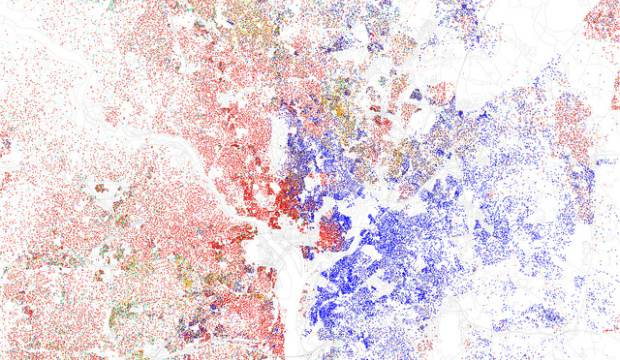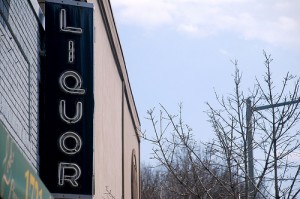Much has been made of D.C.’s losing its Chocolate City status, but as one person rightly pointed out, the 2010 U.S. Census Bureau statistic of D.C.’s black population being 50.7 percent doesn’t include people who checked black and another race.
Nationwide there has been a significant increase — almost 50 percent among children — of people reporting multiple races in the 2010 Census. But how big of a jump was there in D.C., and how do multiracial residents fit into the District’s changing image of a majority-black city?
A look at the numbers leads us to believe this population isn’t making that much of an impact in a debate that’s largely white-black: in 2010, 17,316 people, or 2.9 percent of the District’s population, reported being of two or more races. That’s an increase from 2.4 percent in 2000. Not a phenomenal boost, no, but it is growing slightly.
In 2010, the largest number of multiracial residents were white and Asian (3,736), followed closely by people reporting to be white and black (3,476). But the number of people reporting to be black and any other race was 7,436. Are those folks part of Chocolate City? If so, the statistical contribution would be a small one, said demographer Roderick J. Harrison, a senior fellow at the Joint Center and a Howard University associate professor. D.C. lost 39,000 black residents since 2000.
President Barack Obama most likely checked both the white and black boxes under race on his Census form. And yet many refer to President Obama as America’s first black president. Seldom do we hear “first biracial president.” The legacy behind that is a long one indeed, but there are also individuals who, while acknowledging their multiracial backgrounds, more closely identify with one over the other.
Continue reading









